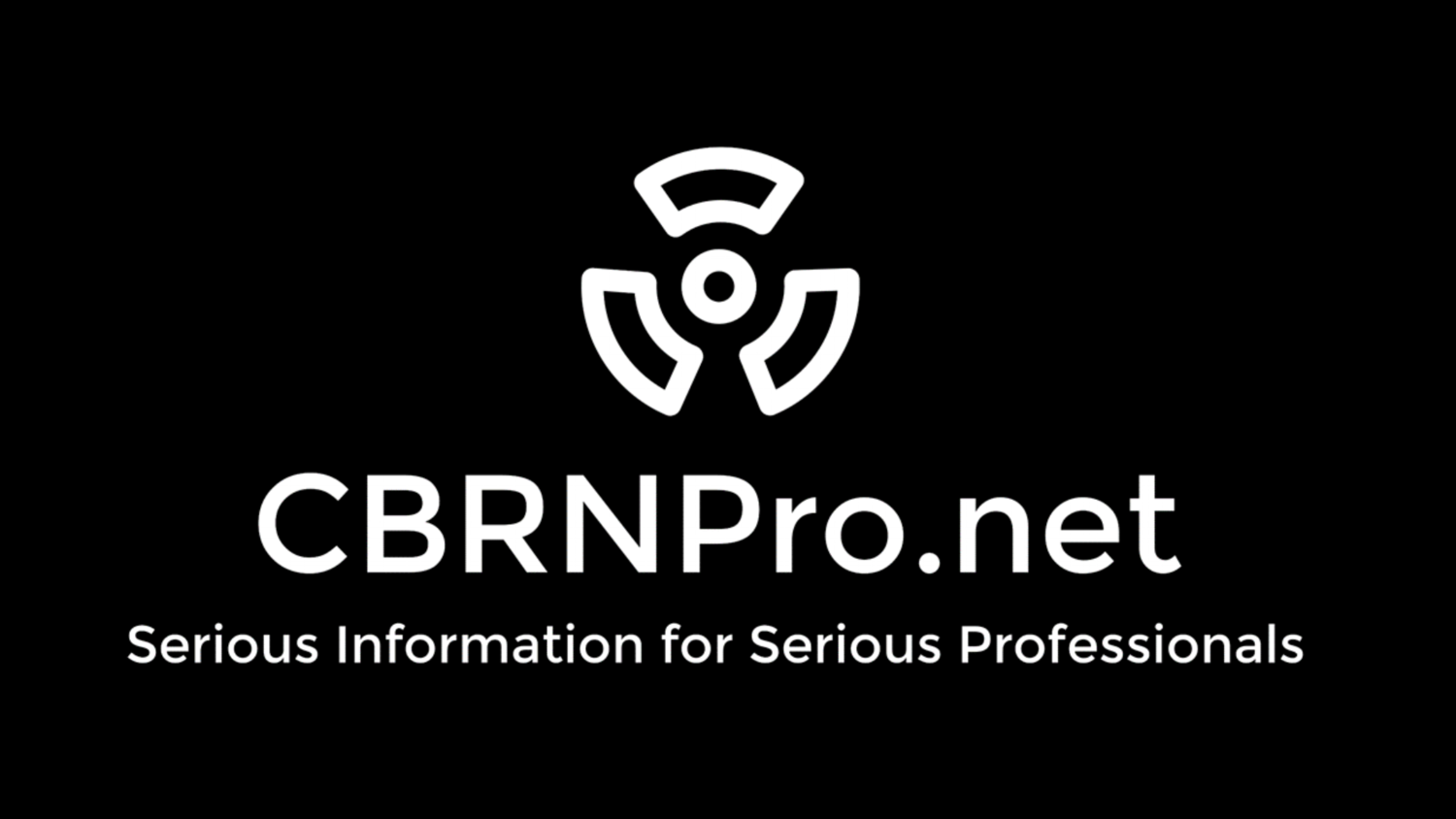All tagged Chemical Warfare
Part 3 of the CBRNPro.net series on CBRN equipment selection and use examines Ion-Mobility Spectrometry (IMS) based Chemical Agent Detectors, how they work and sometimes don’t work the way you expect, as well as a few best practices for their use, along with some useful tips and techniques to help you get the most out of your IMS detector.
CBRN world is full of technology and various “magic boxes” designed to provide information. Many of these devices are in the hands of operators who lack an understanding of the technology they use. This series examines some of the critical pieces of equipment in CBRN operations and the ways operators can utilize their equipment properly to improve safety and increase operational awareness.
Buy our new book! A completely new version of Rexmond Cochrane’s classic containing all new material, just in time for the centennial of the battle at Belleau Wood.
The OPCW turned 21 recently and they really need a drink. This post gets down and dirty and addresses a topic I usually try to avoid (Syria), if only because everything I read about it is usually wrong. But it is the anniversary of the Chemical Weapons Convention and it is time to shed some light in the darkness.
Are we as unprepared as we were in 1917? Or as ready as we were in 1990? War in Korea would be chemical. That has consequences for military operations. Are we ready for them?
Preview our forthcoming book, the first in a series, and learn how you can score a free t-shirt, coffee mug, or sticker.
What do Pancho Villa, coffee, military Mermite food containers, and chemical warfare have to do with each other? The surprising answers at CBRNPro.net!
The Centennial Anniversary of US entry into World War I is almost here and CBRNPro.net is preparing to mark it in a very special way. Check out a preview of our upcoming documentary video and book series examining the American Experience of Chemical Warfare in the "Great War."
In the conclusion to our series exploring the Aum Shinrikyo attacks on the Tokyo Subway, CBRNPro.net argues that medical facilities, like St. Luke's in Tokyo, are a main locus for CBRN incident response, even more so than incident scenes in many cases. Planning, coordination, and information management are key to solving the problems associated with CBRN incidents, and have wider application to mass casualty incidents.
CBRNPro.net continues its series on Aum Shinrikyo and the response to the sarin attacks on the Tokyo subway system. In this, our third post, we examine the vexing problem of worried well that is particularly associated with major CBRN events. This problem poses significant short, medium, and long term challenges for responders, medical care givers, emergency management, and local, state, and federal officials and policy makers. We examine ways to manage the problem and explore options for implementing procedures to deal with both worried well and psychological casualties.
Today, CBRNPro.net examines how an Italian general and airpower advocate sparked the transition of chemical warfare from a weapon with significant tactical utility, to a strategic weapon of mutual deterrence. We also look at some aspects of chemical warfare in WWII.
Chemical warfare in the WWI is usually relegated to a side show in most history. That is a fundamental error. Chemical casualties in the last year of the war accounted for 30-40 percent of casualties in major operations. The final year of the war demonstrated the tactical efficiency of chemical weapons in both the offense and defense, a stark departure from chemical warfare between 1915 and 1917. Historians usually talk about the early attacks when chemical warfare was largely insignificant, but this leaves out the importance of the chemical war to the end of the war.
In the first in a multi-part series re-examining chemical warfare in the First World War, with particular emphasis on the American Experience. CBRNPro.net examines long-held myths about chemical warfare in WWI, and the propaganda that pushed them into the history books. Many of the lessons that history failed to learn, still apply today.













